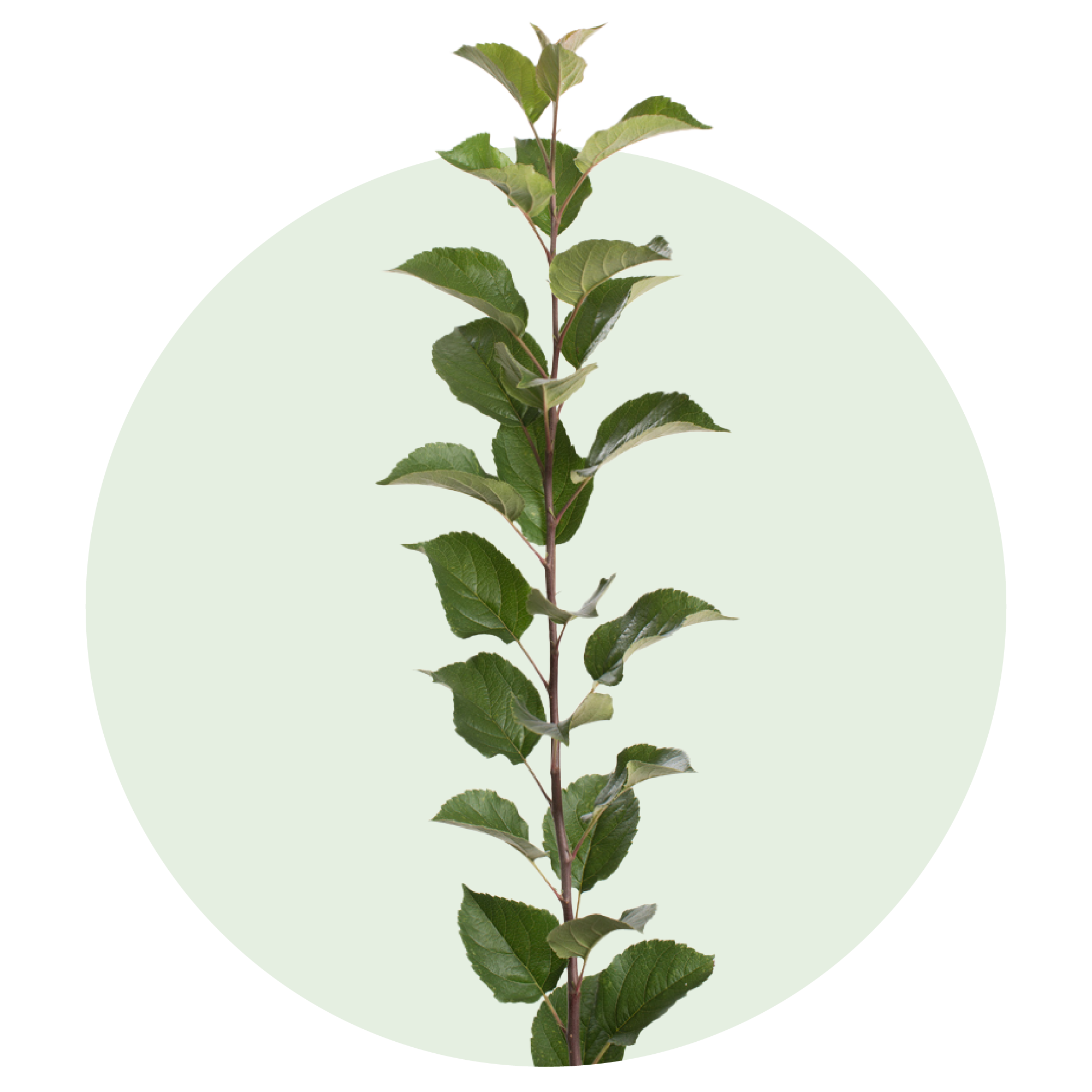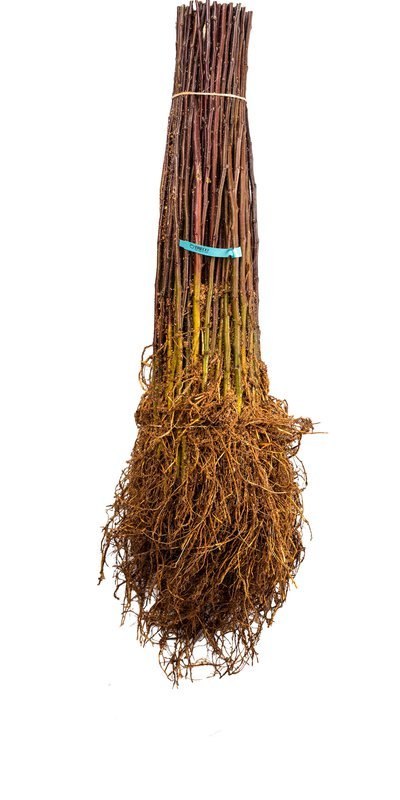 Image 1 of 2
Image 1 of 2

 Image 2 of 2
Image 2 of 2



EMLA 7
-
Malling 7 was selected at East Malling from a group of traditional French rootstocks known as Doucin. Much of the work on M.7 at East Malling was carried out with clone M.7a which was free of the economically important viruses, but known to contain a latent virus. A virus-indexed EMLA clone was introduced by East Malling Research Station in 1974 - 75.
-
EMLA 7 produces sturdy trees that are approximately twice the size of those on M9, or about 60% the size of trees on seedling rootstocks. EMLA 7 has been relatively little used in Europe but very widely used in North America for its exceptional winter hardiness and good anchorage. Trees on EMLA 7 are less precocious and have a lower cropping efficiency than EMLA 9 or EMLA 26.
-
EMLA 7 is moderately resistant to collar rot (Phytophthora cactorum).
-
EMLA 7 has excellent nursery habits. It is easy to propagate from stoolbeds, and is compatible with a wide range of scion varieties. High budding followed by deep planting with the graft union just above soil level is recommended.
-
Commercially, EMLA 7 has been widely grown for decades. It appears to be hardier than seedling varieties and under Washington conditions has shown minimal susceptibility to collar rot (Phytophthora cactorum). EMLA 7 performs better on deep fertile loam soils of a moderate to heavy texture under a wide range of conditions. It does not perform well on light sandy soils or under low fertility. It has been recommended for soils with high lead arsenic residues and old orchard sites with replant problems. EMLA 7 shows less suckering than M.7 and M.7.
